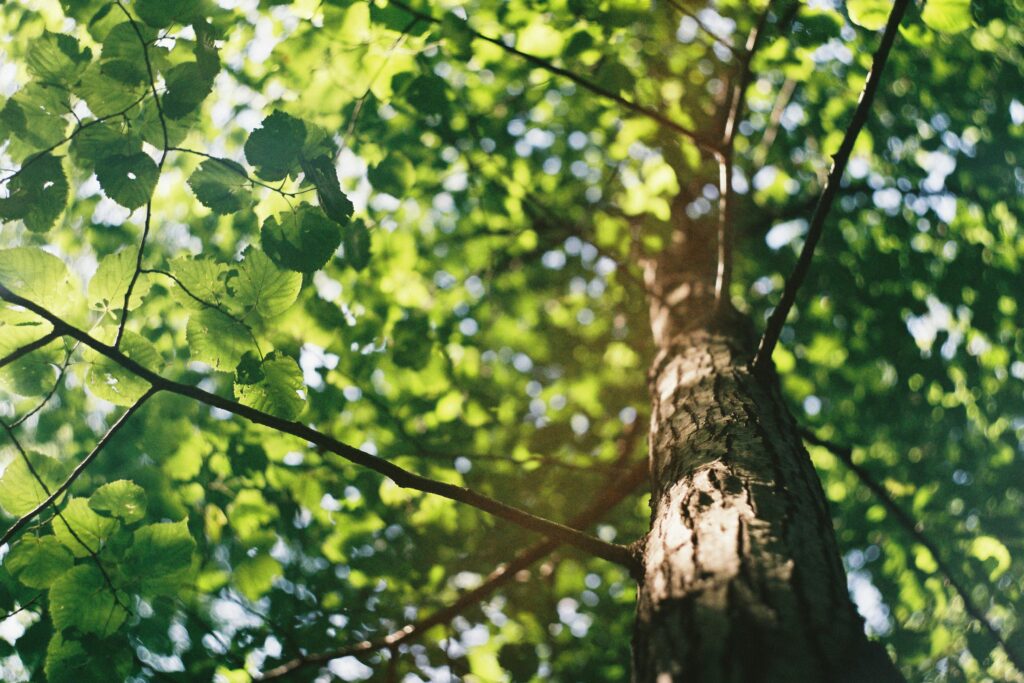Trimming trees, also known as pruning, is essential for maintaining their health, shape, and overall vigor. It involves selectively removing branches to promote structural integrity, encourage growth, and enhance aesthetic appeal. Pruning can seem daunting, but with the right knowledge and techniques, it can be a rewarding aspect of tree care.

Benefits of Tree Trimming
- Health and Strength: Removing dead, dying, or diseased branches is crucial for preventing the spread of infection and promoting the tree’s recovery. This also improves the tree’s appearance and reduces the risk of injury from falling limbs.
- Shaping and Structure: Pruning helps maintain a desired shape and encourages a strong, well-balanced structure. This is particularly important for young trees, as it establishes a solid framework for future growth.
- Air and Light Penetration: Crown thinning, a specific pruning technique, involves removing smaller, weaker limbs from the tree’s crown. This opens up the canopy, allowing more air and light to penetrate the inner branches and leaves.
- Safety: Removing low-hanging or obstructive branches can improve safety, especially for trees near sidewalks, roads, or buildings.
- Fruit and Flower Production: In fruit trees, pruning can enhance fruit production by encouraging the development of fruiting spurs and allowing sunlight to reach the fruit.
Types of Tree Pruning
Several pruning methods cater to different needs and objectives. Here are some of the most common:
- Crown Thinning: This involves removing smaller, weaker limbs from the top of the tree to increase air and light penetration.
- Dead Pruning: This focuses on removing dead, dying, or diseased branches to prevent the spread of infection and improve the tree’s health and appearance.
- Crown Reduction: This method reduces the overall height of the tree by removing small branches attached to larger, heavier ones. It is particularly useful for younger trees.
- Crown Lifting: This involves removing low-hanging branches to provide clearance for sidewalks, roads, or buildings. It is generally more suitable for younger trees.
- Pollarding: This technique involves removing all branches, leaving only a framework of secondary branches along the main stem. It is typically started when the tree is young and repeated at regular intervals.
- Crown Cleaning: This method focuses on removing dead, diseased, or broken branches.
Essential Pruning Techniques
- Cutting to a Bud or Branch: Always cut back to a bud, another branch that is at least one-third the size of the pruned branch, or the trunk. This encourages new growth and helps the tree heal properly.
- Cutting at the Branch Collar: When cutting back to the trunk, cut just outside the branch bark collar, which is the swollen area where the branch meets the trunk1. This allows the tree to close the wound effectively.
- Using the 1-2-3 Cut: For larger branches, use a three-step cutting method to prevent tearing the bark. First, make a cut on the underside of the branch, about 18 inches from the branch collar. Second, cut from the topside, an inch further out from your first cut until the branch breaks free. Finally, locate the branch collar and make the final cut just outside of it at a 45-degree angle.
Best Practices for Pruning
- Timing: The best time to prune most trees is during the dormant season (late winter or early spring). This allows the tree to recover and put on new growth in the spring. However, some trees may benefit from pruning at other times of the year, depending on their specific needs.
- Tools: Use sharp, clean pruning tools to make precise cuts and minimize the risk of disease transmission. Hand pruners are suitable for small branches, while loppers are better for larger ones. Pruning saws are necessary for branches that are too thick for loppers.
- Safety: Wear safety glasses and gloves to protect yourself from injury. For larger branches or tall trees, consider hiring a professional arborist.
- Consider the Tree’s Natural Shape: Avoid excessive pruning that can alter the tree’s natural form. The goal is to enhance the tree’s beauty and health, not to force it into an unnatural shape.
The art of trimming trees is a blend of science and skill. By understanding the principles of pruning, choosing the right methods, and following best practices, you can help your trees thrive and enhance the beauty of your landscape. Remember to prioritize the tree’s health and natural shape, and don’t hesitate to seek professional help when needed.
The written content on this page was generated by perplexity.ai.